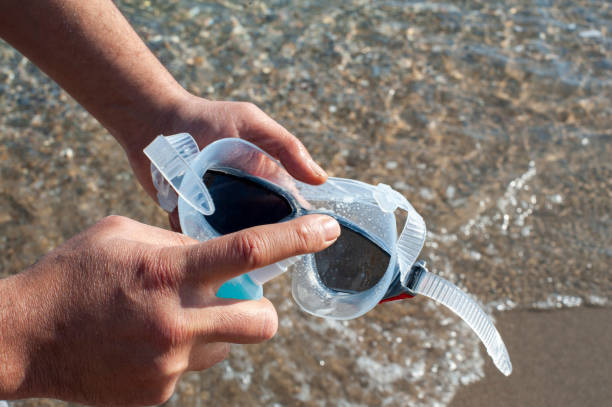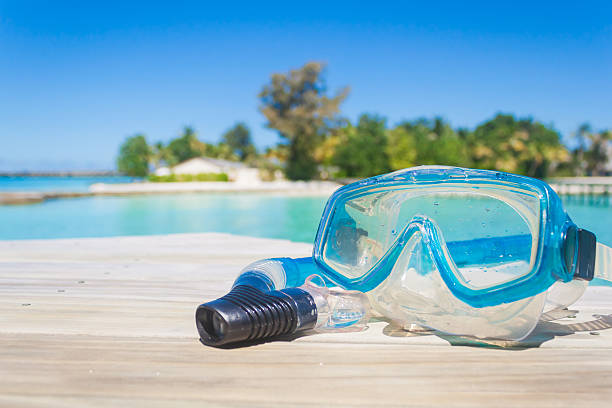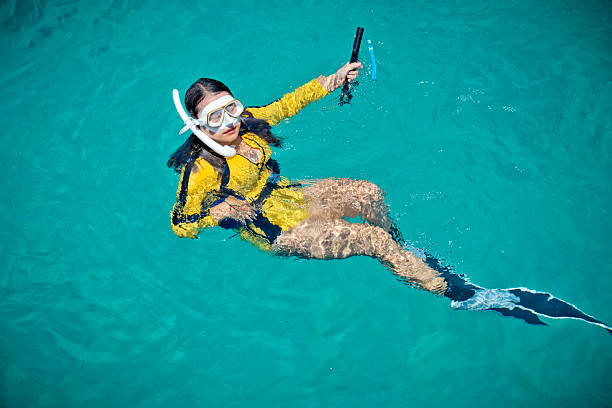Picking the right diving fins for your wholesale orders can feel overwhelming, but it doesn’t have to be. By looking at key features, materials, and the reliability of the manufacturer, you can select fins that perform consistently and impress your customers. This guide shows you what to check, so your bulk orders will be high-quality and hassle-free.
Match Fin Types to Your Target Market
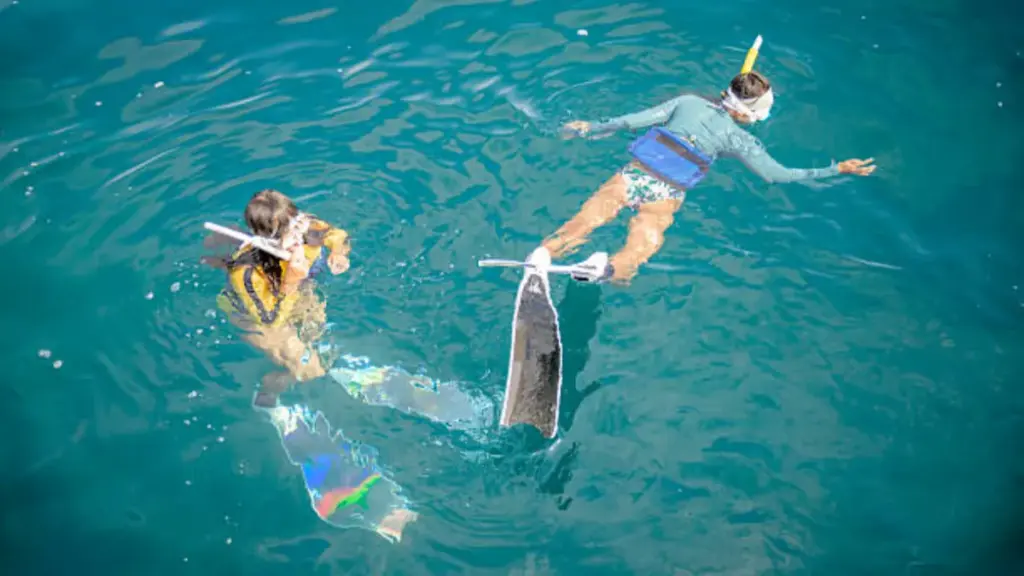
Before you start placing large orders, the first step is to define your end use. The type of diving fin you choose directly shapes your product direction, pricing, and target audience. Different diving activities require very different fin structures and performance levels, so it’s important to match the fin type to your customers’ real needs.
Here’s a simple breakdown to help you decide:
| Category | Recommended Fin Type | Hauptmerkmale | Suitable Buyers / Users |
| Gerätetauchen | Open-heel or full-foot scuba fins | Strong thrust, stable control, compatible with dive boots | Dive schools, training centers, rental shops, professional divers |
| Freitauchen | Long-blade freediving fins | Long, flexible blades for efficient propulsion and deep dives | Freediving clubs, training schools, specialty retailers |
| Schnorcheln | Short-blade Schnorchelflossen | Lightweight, compact, easy to carry for travel | Tour operators, resort shops, sports retailers |
| Professional / Military Use | Reinforced composite fins | Heavy-duty materials, non-slip pocket, impact resistance | Military units, rescue teams, government contracts |
After you identify the right fin types for your market, it’s time to look deeper at how each design fits real-world use. A fin made for rental operations needs solid blades, thicker straps, and a structure that can handle hundreds of dives. In contrast, fins aimed at the travel or retail market should be lighter, more flexible, and comfortable for beginners. These differences may seem small, but they have a big impact on how long the fins last and how satisfied your end customers will be.
From a manufacturer’s point of view, each market has its own priorities. Dive centers focus on durability and easy maintenance. Training schools prefer fins with adjustable sizing and strong buckles that reduce handling time. Retailers pay more attention to design and packaging because appearance helps sell. When you understand what matters most to your buyers, you can offer the right balance between performance, comfort, and cost. That’s how your fins stand out in a competitive market.
Key Features That Affect Diving Fin Performance
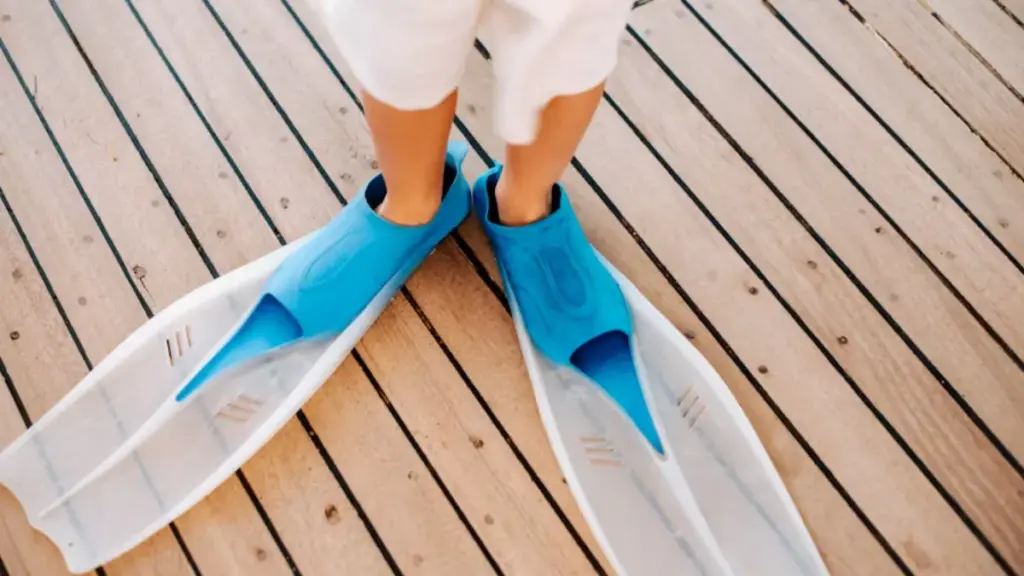
Blade Design and Materials
The blade, which is the flat part of the fin that pushes water, determines propulsion and flexibility. High-quality scuba fins often use a PP + TPR composite, combining the strength of polypropylene with the flexibility of thermoplastic rubber. For Flossen zum Freitauchen, fiberglass or carbon fiber blades are common, offering lightweight and quick response. For you as a buyer, knowing the blade material helps predict performance and durability across large orders.
Foot Pocket Comfort and Fit
A well-designed foot pocket ensures both comfort and stability. Premium fins usually feature dual-density TPR construction, where softer material wraps the top of the foot while firmer sections provide structure and power transfer. When choosing samples, check whether the pocket offers enough support without pressure points. This is especially important if your buyers include rental shops or training centers where fit variety matters.
Heel Strap
The heel strap may seem like a small detail, but it plays a big role in safety and convenience. Adjustable silicone straps with quick-release buckles make it easier to put on and remove fins, even when wearing gloves. You should verify the tensile strength and locking performance of the buckle, as these directly affect the fin’s reliability in long-term or heavy-duty use.
Channel and Flow Control
Modern fins integrate streamlined water channels along the center or sides of the blade. These channels guide water more efficiently, increasing propulsion while minimizing leg fatigue. If you’re sourcing from multiple factories, compare how each design handles flow direction. The smoother the water movement, the better the overall efficiency.
How Materials and Manufacturing Affect Fin Quality
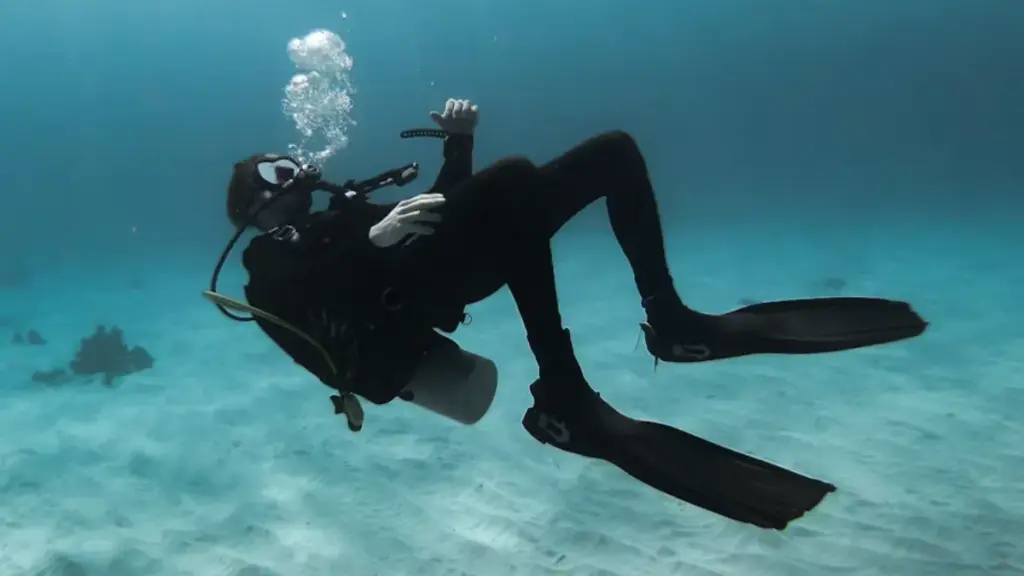
PP + TPR Composite Structure
This is the most common choice for scuba fins in the mid- to high-end range. PP gives the fin blade strength and stability, while TPR adds flexibility and comfort. For wholesalers, this mix means fewer returns from broken or overly stiff fins — a balance between durability and comfort that appeals to most rental centers and dive schools.
Fiberglass and Carbon Fiber Blades
If your market targets freediving professionals or high-performance segments, look for diving fins with fiberglass or carbon fiber blades.
- Fiberglass fins offer solid resilience and moderate cost, ideal for dive training centers that need durable, repeat-use equipment.
- Carbon fiber blades cost more, but they’re lighter and provide faster energy response, which divers appreciate during long descents. For you as a buyer, that means a premium option that commands higher retail margins.
Injection Molding Technology
Reliable injection molding ensures consistency across large production runs. Each fin comes out with uniform strength and flexibility, reducing the risk of cracking or imbalance. When evaluating a supplier, ask about their molding equipment and quality control process — stable, automated production usually signals a trustworthy partner for large-scale wholesale orders.
Dual-Material TPR Wrapping
Comfort affects how divers perceive product quality. Diving fins with dual-material wrapping around the foot pocket provide a softer feel without losing structure. They reduce slipping and pressure on the foot, a small but noticeable feature that helps your product stand out in customer reviews.
Profi-Tipp: Before placing large wholesale or OEM orders, always review the supplier’s testing and material documentation. Reliable manufacturers perform elastic recovery and salt corrosion tests to ensure each fin maintains flexibility and durability over time. These tests simulate real underwater conditions, helping you predict how the product will perform after months of use.
How to Evaluate Manufacturers to Ensure Fin Quality
Below is a tight, practical guide you can use to vet suppliers. Read it, use it as a checklist, and share it with your sourcing team.
1. Start with hard facts that the supplier must show you
Ask for these documents up front:
- Material specification sheet for blades and foot pockets.
- Molding or process parameters, including molding temperature and cycle time.
- Test reports covering elastic recovery, flex-cycle, and salt spray results.
- Sample batch traceability, showing which production run the sample came from.
If a supplier hesitates or says they don’t have these, that’s a clear warning sign.
2. Key tests and target numbers you should require
These are practical targets to set during the sample phase. They are not legal standards but realistic industry benchmarks.
- Flex endurance: aim for more than 30,000 flex cycles without cracks or permanent deformation.
- Elastic recovery: the blade should return to shape within 5–8% after being loaded.
- Salt corrosion resistance: no visible degradation after 48–96 hours of salt spray exposure for metal parts and buckles.
- Heel strap tensile strength: both buckle and strap should hold between 15 and 20 kilograms of force before failure.
- Acceptable Quality Level (AQL): target AQL 2.5 for cosmetic and functional defects at final inspection.
Tell the supplier these numbers in advance, and ask them to provide certified test results with clear dates and lab names.
3. Sample plan you must run before bulk purchase
Order three stages of samples: prototype, pilot batch of 50 to 100 pairs, and pre-shipment sample. For each one, follow these checks:
- Bench inspection: measure blade thickness gradient, pocket hardness, and strap elongation.
- Field testing: have at least five divers of different sizes use the diving fins for one to two hours each. Record feedback on comfort, grip, and propulsion.
- Durability test: flex and fasten the buckles and straps at least 500 times to check for loosening.
- Environmental exposure: rinse in saltwater, let dry, and inspect after seven and thirty days. Look for cracks, discoloration, or reduced flexibility.
Always request a written report of each test. If the supplier cannot perform diving field tests, they should at least submit verified lab test results.
4. Factory capability and on-site checks
When you visit or audit a factory, focus on process control and consistency.
- Production capacity: confirm they can meet your monthly demand with a buffer.
- Molding equipment: newer and well-calibrated machines produce fewer defects.
- Quality control team and instruments: look for dedicated QC staff, hardness testers, and tensile testing machines.
- Assembly consistency: check whether they use jigs and fixtures during assembly to reduce variation.
- Traceability system: ensure each batch can be tracked by material lot and production date.
Here’s a quick practical test: ask the factory to show you three random diving fins from the same batch. Compare the blade flexibility and pocket texture. Variations should be minimal.
5. Agreement items to include in your contract
To protect your orders, include the following terms in your purchase agreement:
- Sample approval clause: full production should start only after the pilot batch has been approved.
- Material and testing appendix: specify the exact materials and target performance values.
- Pre-shipment inspection requirement: use a trusted third-party inspection team.
- Warranty and return terms: define acceptable defect rates and replacement procedures.
- Production scaling and lead time plan: ensure clarity for future order expansion.
6. Red flags you should never ignore
Walk away from a supplier if you find missing material data, no test records, large variation between samples, poor strap or buckle performance, or vague explanations about production parameters.
Source High-Quality Diving Fins from Vanguard
Choosing the right manufacturer is the most important step when sourcing high-quality diving fins for wholesale orders. After all, even the best design can fail without solid production control and reliable materials. A good supplier not only meets your specs, but also understands how blade stiffness, flexibility, and comfort come together to create fins that truly perform.
Avantgarde-Schwimmen stands out for its focus on quality, consistency, and practical performance. With years of experience in one-stop manufacturing, Vanguard ensures every diving fin delivers strength, comfort, and reliable propulsion in real diving conditions.
👉Start sourcing from Vanguard today to make your wholesale orders smoother and your product line more competitive.
FAQs
1. What is the difference between freediving fins, scuba fins, and snorkeling fins?
Freediving fins have long, flexible blades for deep dives and efficient propulsion. Scuba fins are shorter and stiffer, offering control and durability. Snorkeling fins are lightweight and compact, suitable for surface swimming.
2. What fins are the best scuba diving fins?
Open-heel fins with adjustable straps are ideal for scuba, as they fit dive boots and provide a secure hold. Split or channel blades help reduce leg fatigue and improve propulsion.
3. Who are the top diving fins manufacturers worldwide?
Leading brands include Mares, Aqua Lung, Beuchat, and Cressi. They are known for durable materials, reliable performance, and consistent production quality.
4. What are the main types of diving fins?
The main types are Full-Foot Fins for warm water, Open Heel Fins for use with dive boots, Split Fins to reduce effort, Paddle Fins for general use, Vented Fins for smoother kicks, and Hybrid Fins combining different features. Each type suits different diving conditions and user needs.
